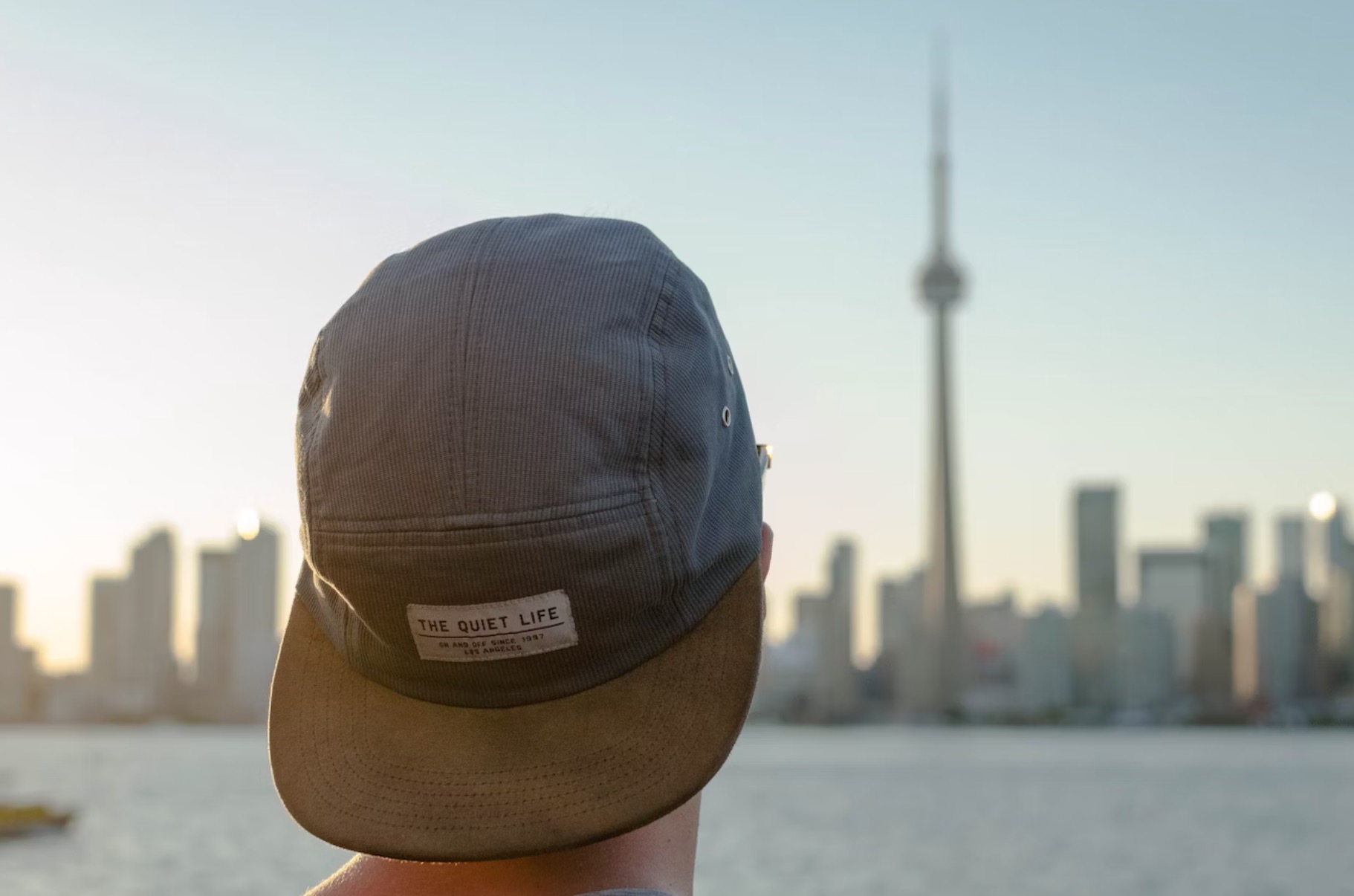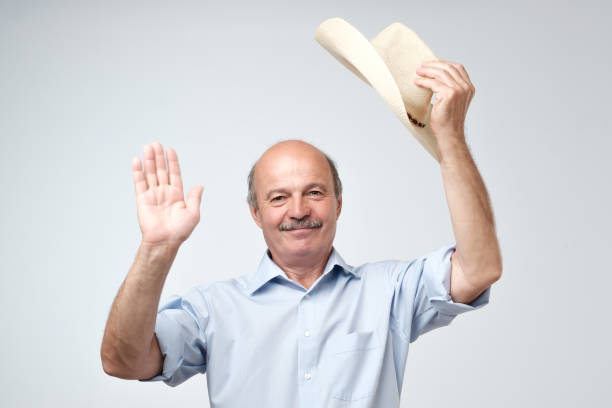Table Of Content

Some options are OLLY Heavenly Hair Gummies and HUM Hair Strong Gummies. While research suggests there are health benefits, the FDA doesn’t monitor or regulate the purity or quality of essential oils. It’s important to talk with a healthcare professional before you begin using essential oils and be sure to research the quality of a brand’s products.
Sun exposure
While wearing hats isn’t the most likely cause of hair loss, wearing the wrong hats may contribute to hair loss. Curology’s Hair Formulaᴿˣ contains ingredients like finasteride and spironolactone, which help improve male-pattern baldness by counteracting the effects of DHT on scalp hairs. Get started with Curology to get a personalized hair treatment from a dermatology provider. Unless you are already shedding hair, you are unlikely to notice a change in your hair loss.
Reviewed by a real doctor
However, after childbirth, estrogen levels drop, and many women experience increased shedding and hair loss. There is no conclusive scientific evidence that suggests a direct relationship between hat-wearing and losing your hair. Styles such as very tight pigtails or cornrows can cause traction alopecia, a kind of gradual hair loss caused by a continuous pulling force applied to the hair. To prevent traction alopecia, opt for looser-fitting hats that give your hair and scalp room to breathe, Dr. Geria recommends. Some medications can contribute to hair loss, such as blood thinners, antidepressants and heart medications like heparin, per Harvard Health Publishing. Traction alopecia happens when there is repetitive tension on the hair roots, per the National Institutes of Health.
Stay on top of latest health news from Harvard Medical School.
Before you stop a medication or make any significant changes to your lifestyle, talk to your provider to make sure it’s safe. Keep reading to learn about the most common causes of hair loss—and what you can do about it. And if you’re looking for safe and convenient treatment, Dr. B offers same-day consultations for prescription hair loss medicines. To ensure that your hat is not the cause of your hair loss, wear one that is not too snug and is made from soft, natural fabrics that don’t rub against your hair and cause damage. Hormonal changes can affect hair growth and cause hair loss in a few different ways.
How we vet brands and products

While hats may seem like the culprit behind hair loss, they actually have numerous benefits. They can protect the head from cold temperatures and wind, help you avoid sunburn, and conceal a rough hair day. If you find yourself managing hair loss, it's best to look at other factors—including genetics, medical conditions, age, diet, and stress—to figure out what's causing your hair to fall out. Hair growth, and conversely, thinning hair in men or women is affected by factors like diet, stress, and the effects of hormones or DHT (in men). That’s why we recommend you nourish follicles with a blend of vitamins and minerals, or a complete hair growth supplement, to promote hair growth where it counts — inside the body. It’s the most common cause of hair loss in men and women and is caused by factors beyond our immediate control.
Hair loss caused by wearing hats, particularly traction alopecia, can be reversible if detected and addressed early. However, factors such as tightness, friction, and hat style can contribute to hair loss over time if not properly managed. However, by examining the facts and dispelling these misconceptions, we can confidently state that wearing hats alone does not directly cause hair loss. Scientific studies examining this link are limited, but the prevailing wisdom suggests that while everyday hat-wearing isn’t likely to cause hair loss, the tightness of the hat may affect your hair. Continuous and prolonged pressure on the hair may not play well with the hair’s natural cycle, especially if the hat is causing traction or strain on the follicles. If your hair is thinning at an alarming rate, then it's probably due to stress, an existing health condition that you have and don't know about, or your genetics.
In addition, diet, stress, and hair products can cause hair loss, too. "Age is a factor with many people—especially men—experiencing thinning and baldness as they age," says Engelman. Being gentle with your hair while it’s experiencing change is important so as not to exacerbate any thinning. It goes without saying that excessive heat and chemical treatments aren’t a good idea, but try and opt for protective hairstyles too.
BONUS! Sign up now and get a FREE copy of theBest Diets for Cognitive Fitness
Can Wearing a Hat Make You Go Bald? - Health Essentials
Can Wearing a Hat Make You Go Bald?.
Posted: Mon, 24 Feb 2020 08:00:00 GMT [source]
For even more benefits, you can try a handheld scalp massager to also remove dead skin cells. Consider the following 12 options, but be sure to talk with your doctor first. Recognizing these distinct types helps patients understand the broader picture of hair loss and its triggers. It also reinforces the notion that while hats might impact those with existing hair vulnerabilities, they are not a standalone cause.
You can protect your view from the harsh rays of the sun while looking fabulous doing so. Apart from the very obvious — and annoying — outcome that is hat hair, hats are also widely considered to be direct perpetrators of hair thinning. It is normal to lose 100—150 hairs daily, regardless of whether or not you wear hats. So, go ahead and wear that hat to protect yourself from the sun’s harmful UV rays or support your favorite team, and don’t worry about what it will do to your hairline.
A cotton cap allows the scalp to breathe in summer and protects the scalp from sun damage. A warm wool hat will protect hair and scalp from dryness in the cold winter. Wearing an appropriately sized hat is also necessary to prevent tension on your head and scalp. In order to buy the right hat size, you need to know the right way to measure your head for a perfect fit.
Lavender oil has been used with success by some people with pattern baldness. It’s also backed by animal research from 2016, though human studies are needed to confirm its effects. Lavender is often combined with other oils, such as those made from rosemary and thyme. At Jae Pak MD Medical, we take pride in helping you navigate the complex journey of hair health. Our comprehensive approach means looking beyond superficial causes and addressing the root of the issue — be it hormonal imbalances, nutritional deficits, or the consequences of stress. Hats are not a cause of baldness, but they are commonly used by people going bald.
A dermatologist can provide a proper diagnosis, and select a personalized treatment that will help restore health to you hair and scalp. Alopecia areata is an autoimmune condition that is characterized by “round patches of hair loss on the scalp,” although it can occur elsewhere on the body, Agbai says. While the exact reason for this type of hair loss is unknown, it is generally understood that “the immune system mistakenly attacks hair follicles, leading to hair loss,” she adds. Depending on the type of hair loss you’re experiencing and the cause there are treatments available for men and for women. These range from prescription treatments like Finasteride that can slow or even reverse hair loss in men.
Whether it’s a tight baseball cap in summer or a tight wool cap in winter, both men and women can find a link between tight hats and damaging hair. In addition, the scalp needs good circulation to bring nutrients to follicles via the bloodstream. If you wear a very tight hat continuously it could reduce circulation to the scalp, over time, it can contribute to hair loss. Now, while the research was more about correlation than causation, its findings tend to suggest that wearing hats does not cause hair loss, even if worn daily. Still, dermatologists encourage hat-wearers to be mindful of sporting a tight hat too often during the summer when you’re more likely to sweat, as that can irritate or inflame the hair follicles.
Consider gentle hair products when available, and comb and brush hair only when needed. You can also place less stress on your hair by limiting the use of heated styling tools as well as tight hairstyles. While you may be focused on reversing thinning hair, it’s also important to try to practice good hair care techniques. People who are planning to become pregnant or are at an age where they may become pregnant should avoid this medication due to possible serious side effects during pregnancy. However, for postmenopausal females, studies have shown that it may be an effective treatment and is frequently prescribed by some doctors. Omega-3 helps your body fight inflammation, an underlying cause of numerous conditions.
Any number of lifestyle factors, genetics, recent life events (such as extreme weight loss in a short period of time or giving birth), or medical conditions can cause your hair to thin. Instead, hair loss is often a reflection of a constellation of factors, ranging from genetic disposition to lifestyle choices and medical conditions. Therefore, a comprehensive approach acknowledging these diverse types is paramount in managing and treating hair loss effectively. Autoimmune conditions also make the list, with alopecia areata as a prime example, where the body’s immune response mistakenly targets hair follicles, leading to patchy hair loss. Meanwhile, scarring alopecias leave behind permanent hairless patches, a testament to the destructive power of unchecked inflammation.
To avoid this link between damaged or thinning hair and wearing hats, start your hair off right by keeping it as nourished as possible. Eat a healthy hair diet or take a good hair growth supplement for men or women. Then, moisturize hair thoroughly with a good conditioner to keep the outside of hair strands as strong and nourished as possible. People experiencing female pattern baldness may also notice a general thinning of hair on the top of your head, but hair loss typically won’t occur on the front of your scalp, per Harvard Health. The truth is that although healthy hair growth starts from inside the body, outside damage from styling or from continuous wearing of a tight hat could cause hair thinning over time.

No comments:
Post a Comment